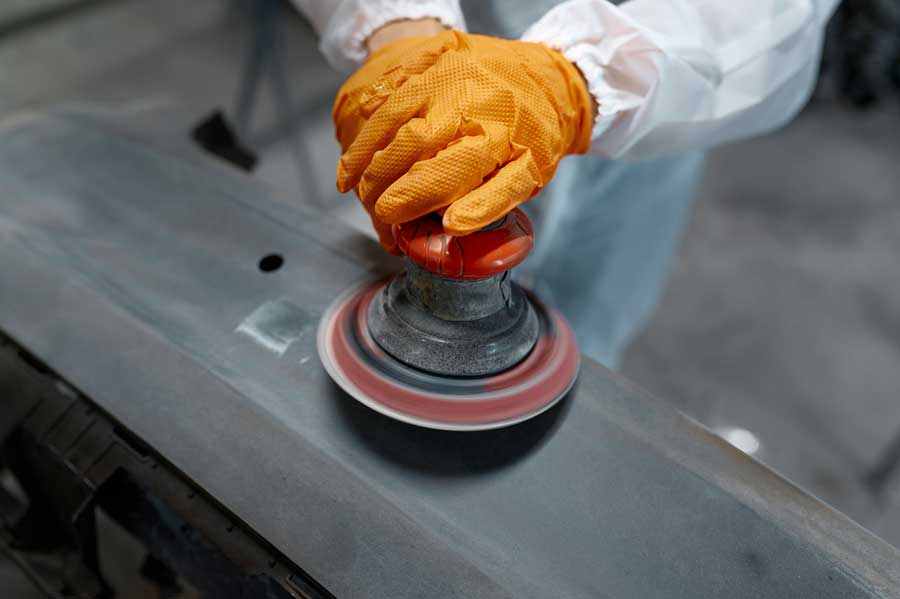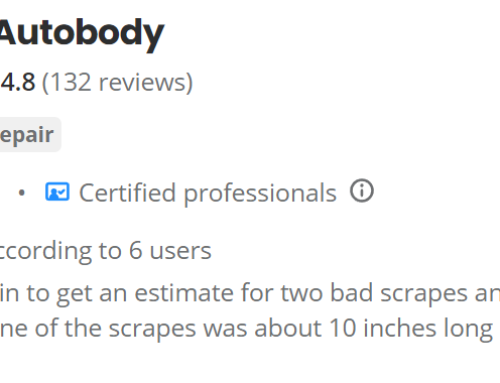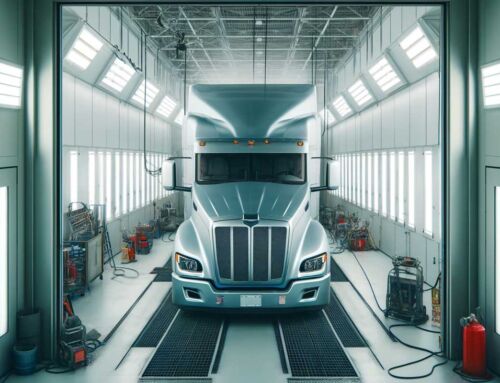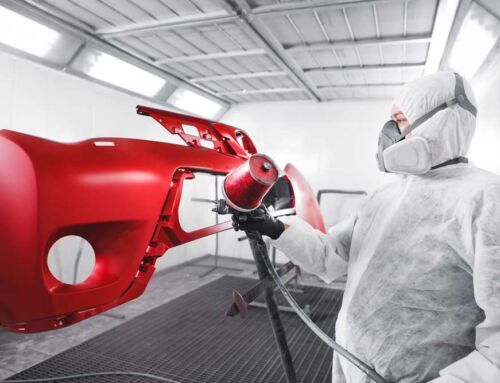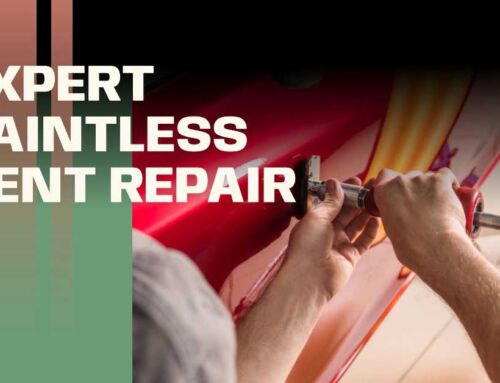When your vehicle has sustained damage due to a collision, it’s hard to imagine it looking like new again.
That’s where the expertise of an established body shop technician comes in.
Here’s a chance to peek behind the curtain and learn more about the types of auto body fillers used in repairing and restoring your vehicle.
Assessing Damage
There are a number of factors that determine which type of filler will work best to repair the type of damage to your vehicle
The scope of repair work needed also determines the best type of filler. For example, different fillers can be used to repair scratches and dents as opposed to larger holes and damage.
It should be noted that in body shops today, more panels and parts may be completely replaced instead of trying to fill and repair the damage. The body shop experts will make that determination based on price and scope of work.
Types of Filler
Once the damage has been assessed, here are the most common types of main filler ingredients used for auto body repair:
Fiberglass
In addition to being one of the easiest fillers to work with, fiberglass fillers are very strong and waterproof. These benefits make it an all-around good choice for a wide variety of repairs.
Aluminum
An aluminum filler offers a lot of benefits. It is strong, waterproof, easy to work with and can also be used on a wide variety of repairs.
The biggest drawback to using an aluminum filler is the higher cost over other fillers.
Plastic
A plastic filler combines small plastic pieces bound together by a resin. While plastic fillers are lightweight and dry/harden more quickly than other fillers, they aren’t as waterproof as the competition.
Restoration After Fillers
Fillers consist of a carefully blended mix of the main ingredients such as fiberglass, resin, and styrene along with a hardener to form a smooth, putty-like mixture.
The mixture is generously applied to the damaged area and left to dry. Once dry, the filler is sanded down to form a smooth protective coating which covers the entire damaged area.
When the filler has been sanded and the area cleaned of any dust or debris, it’s ready for paint.
It definitely takes the talent of a highly qualified expert to match and blend paint into existing vehicle paint and becomes even trickier if using tinted filler.
Conclusion
While it’s great to understand what goes into auto body repair, it’s best to leave all the mixing, blending, and painting to auto body professionals. They have the tools and expertise to eliminate guesswork and get the repairs and painting done right.
In Rohnert Park, call Downtown Auto Body to schedule an appointment for an estimate and to take care of all your auto body repairs.
